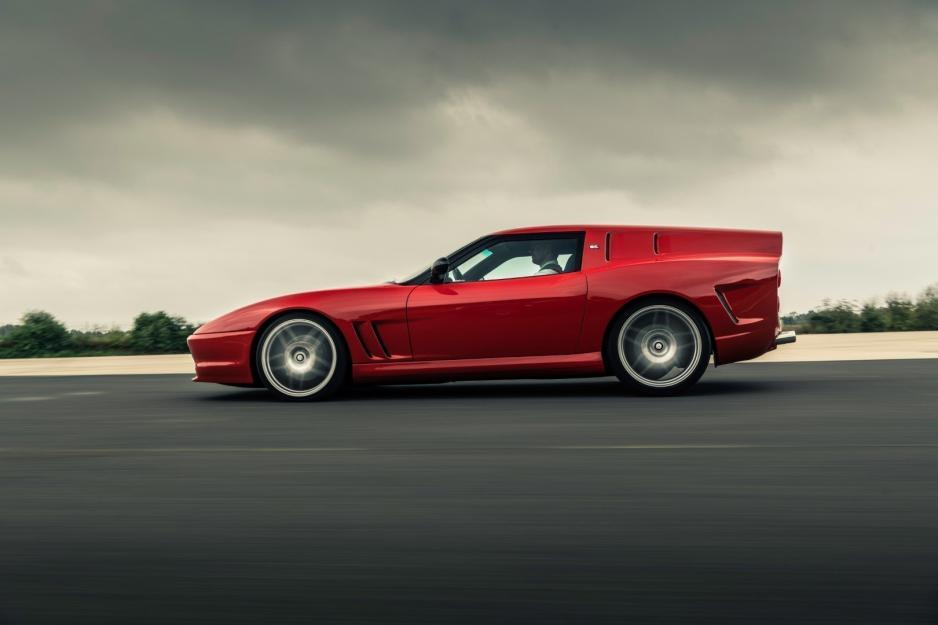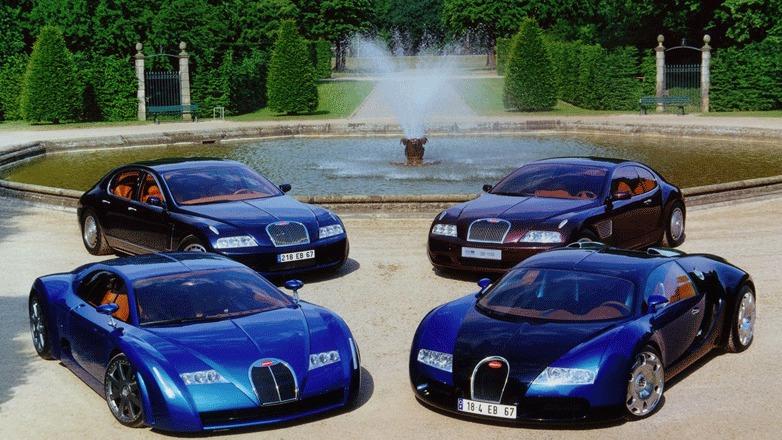Η Niels van Roij Design παρουσίασε την Ferrari Breadvan Hommage. Πρόκειται για μια νέα one-off δημιουργία που βασίζεται στην Ferrari 550 Maranello και τιμά την Ferrari 250 GT SWB Breadvan που συμμετείχε στον 24ωρο αγώνα αντοχής του Le Mans το 1962.
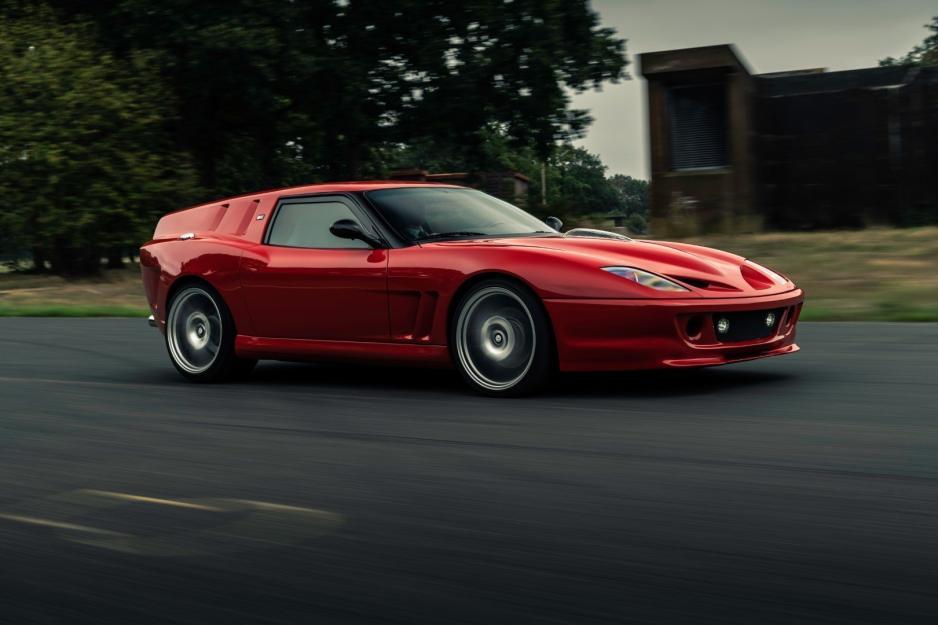
Μηχανικά φορά έναν V12 κινητήρα 5,5-λίτρων απόδοσης 478 ίππων με 568 Nm ροπής, τοποθετημένος μπροστά, με την κίνηση να στέλνεται στους πίσω τροχούς, μέσω ενός χειροκίνητου κιβωτίου ταχυτήτων 6 σχέσεων. Στο εσωτερικό υπάρχουν μπλε Alcantara επενδύσεις, carbon καθίσματα και νέος πίνακας οργάνων.
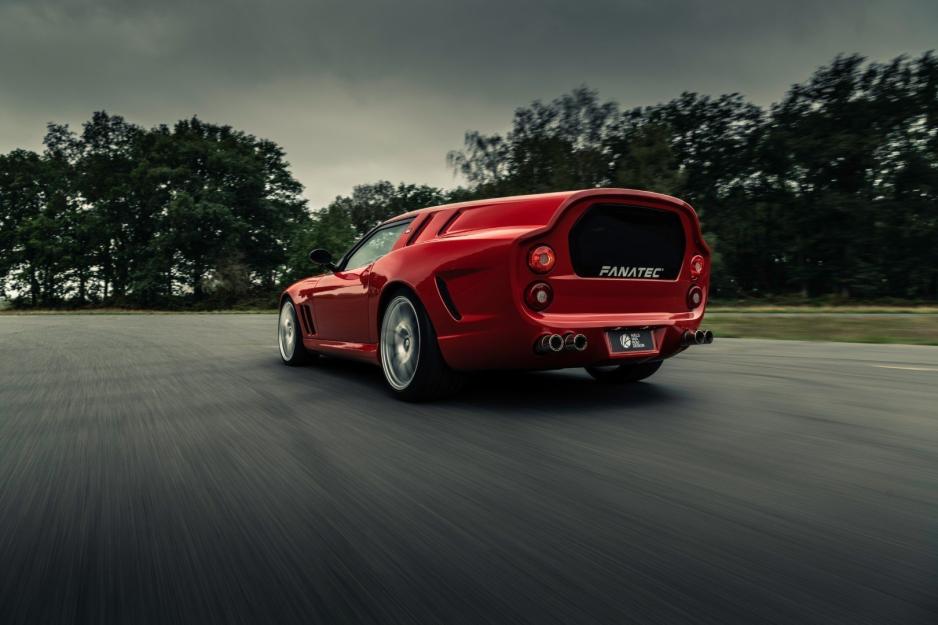
Ενδιαφέρουσα λεπτομέρεια αποτελεί η κατασκευή του πίσω μέρους, που μετά τα πλευρικά παράθυρα έχει κατασκευαστεί από ένα ενιαίο κομμάτι αλουμινίου, ώστε οπτικά να υπάρχει μία συνέχεια, χωρίς ραφές στο αμάξωμα!
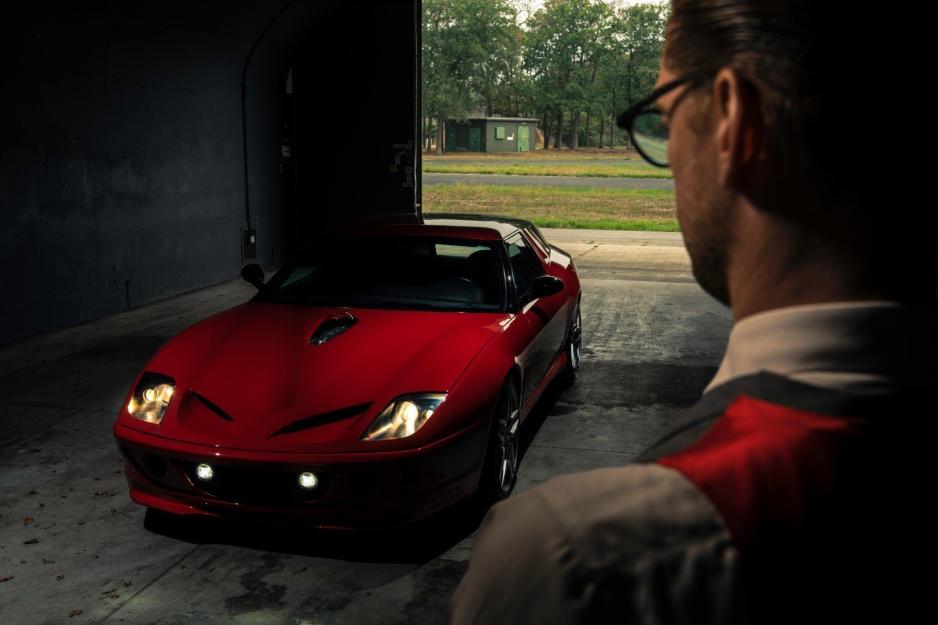
Διαβασε ολόκληρο το δελτίο τύπου από την Niels van Roij Design
The Niels van Roij Design Breadvan Hommage is based on an Italian V12 gran turismo coupe. Niels van Roij Design has styled the interior and exterior of the coachbuilt motorcar and has also overseen the construction process.
Breadvan Hommage
When a true admirer of an Italian car manufacturer reported to Niels van Roij Design with the request to design a Breadvan Hommage, the car design studio saw it as an honourable task to translate the iconic race car into a modern piece of car design.
"We see it as a great privilege that we can celebrate the ’62 Breadvan through this Hommage commission," says Niels van Roij. "It was a complex task to translate the essence of the legendary car into a contemporary design. We intended to be inspired by the original, but ensured we were not limited by it in our creativity. The Breadvan Hommage is a new original."
Ideation sketches and design renderings
As is the case with all Niels van Roij Design coachbuilding projects, the Breadvan Hommage started with ideation sketches: quick drawings made by hand. These ideation sketches are crucial for every automotive design project and one of many iterative stages of the car design process.
“Automotive design is about the search and the experiment” according to Van Roij “Which is only truly achievable in a handmade sketch. In the ideation sketches differences can not only be seen in proportions and surfacing, the skin of the car, but also in the application of graphics and other details. Such as the bespoke exhausts and unique headlights. Eventually this process produces a so-called key sketch: the one sketch chosen to be developed into more elaborated, rendered ideas.”
The next step, after selecting one of the ideation sketches, was fitting the design precisely over the technical layout of the base car and presenting it in a more refined way. All the surfacing and volumes were developed into a large variety of high resolution images. These renderings make the shapes easier to read and again a selection is made. This selection was developed into the clay model.
Clay model
A framework was installed on the base car, to which the clay was applied. To make the full size clay model, the team needed detailed visual information. Think of surface transitions from side to top and the design of air intakes, rear lights and the opening in the bonnet. All this visual data was provided by renderings, showing the details from different angles. Design work was ongoing during the highly labour intensive clay modelling process. The car was further refined and all challenges, such as the integration of a bevel around the roof and the new headlights, were ironed out.
Van Roij: “A car is a complex, three dimensional sculpture, which has to look right from all angles and under different light circumstances. Like sketching, the clay modelling process is iterative and the Breadvan Hommage was reshaped many times, to get it spot on. After establishing the correct proportions the search for sophistication in the surfacing, or skin, started: finding the right subtleties for transitions from one element to another. It includes the exterior graphics like the richly sculpted air vents on the front fenders.
Coachbuilding the body
The body of the Breadvan Hommage was hand beaten by coachbuilder Bas van Roomen. He works on behalf of collectors and high-end restoration companies. He is one of only a few in the Netherlands that builds modern coachbuilt cars, such as the Breadvan Hommage, Adventum Coupe and the 612 shooting brake. Bas also worked on the clay model of the Breadvan Hommage. Only the windscreen of that car remained OEM and it was painted in one of the eight specially designed reds.
Bespoke interior
The Breadvan Hommage features a handmade interior. The iconic outline of the exterior design has been embroidered into the blue Alcantara carbon fibre backed seats. The monogram can also be found on the dials, all 7 boasting pure silver inlays. The clock says: ‘che importa’. Italian for ‘who cares!’ All switchgear is made out of milled aluminium, linking to the gated shifter, which is set on a raised block. The driver is surrounded by quilted black leather: it can be found on the centre console, the lower door cards and the headliner. The door panels feature an unpainted, hand beaten aluminium element, which links to the custom body, made in the exact same way. A small embroidered Italian flag in the corner of the aluminium insert is highlighting the roots of the vehicle. The door is opened through pulling a lightweight red cord, whilst a blue Alcantara insert functions as a grab handle to close it.
Suspension by KONI
The ‘60s Breadvan was born to be successful on the racetrack. It’s unique styling, powerful engine, vehicle lay-out and suspension system were all designed for one purpose: being a race winner. Therefore the 1962 Breadvan was equipped with KONI single adjustable shock absorbers. At the time already the state-of-the-art technology. Designed and built by the inventor of the adjustable shock absorbers. Niels van Roij was determined in his vision; as a true celebration to the ’62 Breadvan, the Breadvan Hommage again had to use the best products available. Therefore KONI was asked to design and build one unique set of shock absorbers for the Breadvan Hommage. To celebrate the many successes in motor racing, KONI decided to use the technology of the double adjustable 8211-series as a basis for the Breadvan Hommage. This technology has been used many years in Formula 1 and contributed to the 16 world titles KONI has won in Formula 1. The result is a Breadvan Hommage that is relatively comfortable around town, but a true “performer” on the racetrack.
Tyres by Vredestein
Another key aspect of performance – and also the finishing touch for any supercar – are the tyres. Leveraging again on Vredestein’s long experience with styling, the Ultrac Vorti+ is making its debut appearance on the Breadvan Hommage. This ultra-high-performance summer tyre, which was originally developed in 2013, is fully dedicated to supercars and designed in close collaboration with ItalDesign Giugiaro.
An extraordinary vehicle like the Breadvan Hommage should not only look great, it should also offer an unrivalled driving experience. The tyre of choice, the Ultrac Vorti+, is the latest incarnation of this premium tyre which has won many European tyre tests since its introduction in 2013. Now, in 2021, it has faced several technical improvements to even better comply with the highest standards of a modern high-performance summer tyre. Its carefully composed tread compound can handle an extensive range of temperatures, facilitating a high level of control, even at fast speeds. Due to the dedicated front- and rear axle designs, the driver of the Breadvan Hommage will enjoy precise and responsive steering, superior wet & dry braking and an extended tyre life. De Ultrac Vorti+ offers a perfect blend between remarkable Dutch tyre technology and the famous Italian design flair.
About Niels van Roij Design
Niels van Roij Design focuses exclusively on automotive design for coachbuilding: the development of exceptional, hand-built cars based on existing chassis. Niels van Roij Design is known for their Tesla-based Model SB, Adventum Coupe made on Range Rover chassis and Silver Spectre Shooting Brake, which was recently unveiled. www.nielsvanroij.com
About Vredestein (Breadvan Hommage tyres)
Vredestein offers an impressive range of premium tyres for passenger cars, two-wheelers and agricultural applications. The brand’s reputation for excellence – its tyres regularly win European and international tests – is built on decades of continuous innovation. World-class design has also long been a pillar of Vredestein activities, as reflected in its decades-long partnership with the renowned Italian design agency ItalDesign and the attention given in-house to tread and sidewall design. www.vredestein.nl
About Koni (Breadvan Hommage shock absorbers)
KONI is a global, leading manufacturer of adjustable performance shock absorbers. KONI shocks are made from the highest quality materials and machined to the highest tolerances. This quality is represented not only by KONI's long heritage in motorsports but also by the diversity of shock absorber solutions they offer. In 1947 KONI invented and introduced the world’s first hydraulic, adjustable shock absorber. In 2005 KONI took shock absorber performance and comfort to the next level with the patented Frequency Selective Damping Technology. Over the years 1,5Mio vehicles have been equipped with this technology. In 2021 KONI will introduce the next milestone for hydraulic shock absorbers. Explore the world of KONI online and discover our shock absorber solutions for cars, busses, trucks, trailers, trains, motor racing and even defence and industrial applications. www.koni.com
About New Imaging Co. (Breadvan Hommage movie)
New Imaging Co. is a Netherlands (Enschede) based content studio run by an international team of talented people with various skills: Together they develop solid stories and engaging content for cultural and commercial organisations. Their team consists of established talent, including designers, project managers, 2D/3D artists, directors, illustrators, videographers, and photographers. This enables them to handle large scale projects that cover several creative disciplines, which is something they love — and do on a regular basis. www.newimaging.nl

Bugatti: Πως το τολμηρό όραμα Ferdinand Piëch έφερε την επανάσταση στα super car με τον W16 κινητήρα στη Veyron
Στην ιστορία της αυτοκινητοβιομηχανίας, λίγα ονόματα προκαλούν τον ίδιο σεβασμό για τις επιδόσεις, την πολυτέλεια και την πρωτοποριακή μηχανική όπως η Bugatti. Το Veyron 16.4, του 2005, ήταν ένα υπερ-σπορ αυτοκίνητο που γεννήθηκε από ένα τολμηρό όραμα και επαναπροσδιόρισε τα όρια των δυνατοτήτων.
Ωστόσο, η άφιξη της Veyron δεν ήταν μια ξαφνική αποκάλυψη, αλλά το αποκορύφωμα μιας επίπονης έρευνας. Μεταξύ του 1998 και του 1999, μια σειρά ξεχωριστών μελετών σχεδιασμού διερεύνησε διαφορετικές πτυχές της φιλοδοξίας του Ferdinand Piëch, καθεμία ανοίγοντας το δρόμο για το τελικό σχέδιο.

Η γένεση της σύγχρονης Bugatti βασίζεται στη φιλοδοξία του Ferdinand Karl Piëch, τότε Προέδρου του Ομίλου Volkswagen. Το 1997, εμπνευσμένος από την επιθυμία να δημιουργήσει ένα υπερ αυτοκίνητο με ξεχωριστή φινέτσα και με δύναμη στον κινητήρα που να ξεπερνάει κάθε όριο, ο Piëch έβαλε μπροστά το σχέδιό του. Να υλοποιήσει αυτό που οραματίσθηκε κατά τη διάρκεια ενός ταξιδιού με τρένο Shinkansen στην Ιαπωνία. Και η αρχή έγινε με τον επαναστατικό κινητήρα 18 κυλίνδρων.
Σχεδιασμένη σε ένα φάκελο, η κατασκευή W18 έγινε η βασική σύλληψη της ανακατασκευής της Bugatti, αφού η Volkswagen AG απέκτησε τα δικαιώματα της μάρκας τον Μάϊο του 1998. Ο Piëch δεν αναζήτησε μόνο ταχύτητα, αλλά ένα αυτοκίνητο ικανό να ξεπεράσει τα 400 km/h, προσφέροντας την άνεση, την κομψότητα και τη χρηστικότητα, μια εντελώς νέας πρόκλησης που απαιτούσε εντελώς νέες μηχανικές λύσεις.
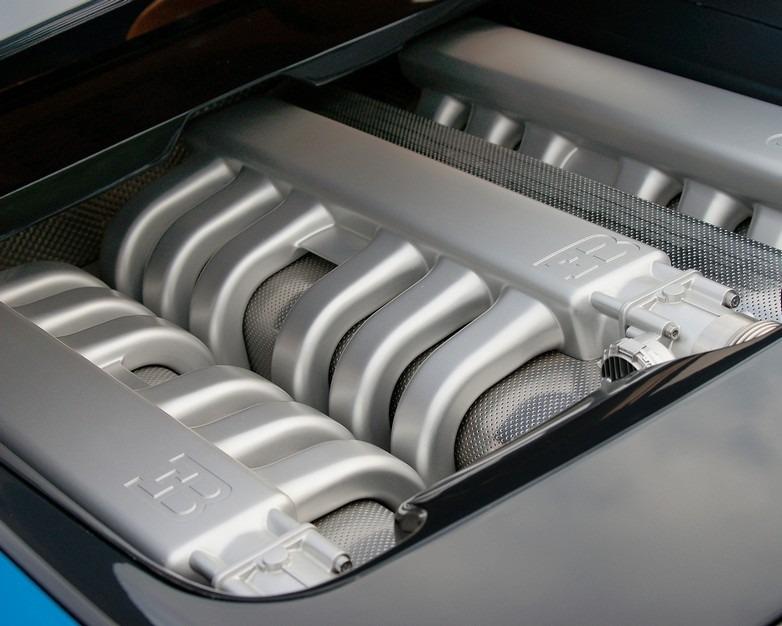
Για να υλοποιήσει αυτό το όραμα, ο Ferdinand Piëch ανέθεσε στον Giorgetto Giugiaro της Italdesign να προσφέρει μια νέα φιλοσοφία οχήματος. Το πρώτο αποτέλεσμα της συνεργασίας τους, το EB 118, έκανε το ντεμπούτο του στο Σαλόνι Αυτοκινήτου του Παρισιού τον Σεπτέμβριο του 1998. Έκανε την εμφάνισή του ως ένα κομψό, επιβλητικό δίθυρο κουπέ αιχμαλωτίζοντας την πεμπτουσία ενός grand tourer. Ο σχεδιασμός του χαρακτηριζόταν από ένα μακρύ, φαρδύ καπό – που ήταν απαραίτητο εξαιτίας του μεγέθους του ατμοσφαιρικού κινητήρα W18 6,3 λίτρων που ήταν τοποθετημένος μπροστά και απέδιδε 555 ίππους.
Στο εσωτερικό, η καμπίνα αγκάλιασε επιρροές της Art Deco, δίνοντας έμφαση στην πολυτέλεια, την άνεση και τη χειροποίητη κατασκευή. Σε συνδυασμό με την προηγμένη μηχανική του αυτοκινήτου, συμπεριλαμβανομένου του μοναδικού συστήματος μετάδοσης κίνησης W18 και της μόνιμης τετρακίνησης, το EB 118 ήταν μια τολμηρή δήλωση προθέσεων: ένας απρόσκοπτος συνδυασμός της κληρονομιάς της Bugatti και της πρωτοποριακής καινοτομίας.
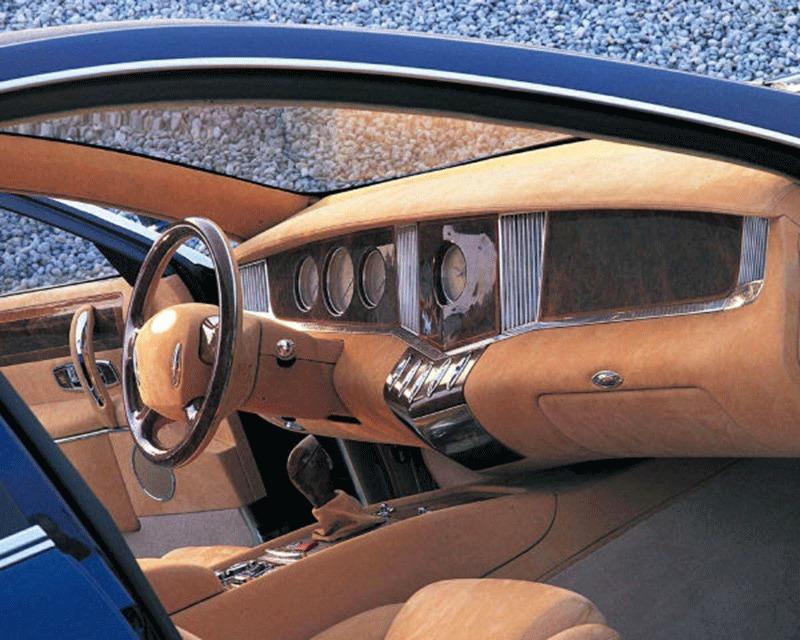
Αμέσως μετά, το πολυτελές σαλόνι EB 218 έκανε το ντεμπούτο του στο Σαλόνι Αυτοκινήτου της Γενεύης τον Μάρτιο του 1999. Επίσης σχεδιασμένο από τον Giugiaro, το EB 218 παρουσιάστηκε ως εξέλιξη του προηγούμενου πρωτότυπου Bugatti EB 112 (από την εποχή Artioli) αλλά τώρα τροφοδοτούμενο από τον ίδιο τρομερό κινητήρα με τον EB 118.
Αυτό το τετράθυρο σεντάν αποτελούσε μια διαφορετική διάσταση της ταυτότητας της Bugatti, εστιάζοντας στην απόλυτη πολυτέλεια.
Με μήκος μεγαλύτερο από το EB 118, στα 5,3 μέτρα διέθετε διακριτικά αναθεωρημένες καμπυλότητες για τους προφυλακτήρες, τα φώτα και το καπό, προσαρμόζοντας τις απαιτήσεις χωροταξίας του W18 σε ένα σεντάν διατηρώντας παράλληλα τη μόνιμη τετρακίνηση.
Το EB 218 απέδειξε την ευελιξία του κινητήρα W18 και την ικανότητα της μάρκας να παράγει όχι μόνο κουπέ αλλά και μεγάλα, υπερπολυτελή οχήματα, που θυμίζουν μοντέλα όπως το Type 41 Royale.
Μια σημαντική αλλαγή κατεύθυνσης σημειώθηκε αργότερα εκείνο το έτος. Στο IAA στη Φρανκφούρτη τον Σεπτέμβριο του 1999, η Bugatti παρουσίασε το EB 18/3 Chiron. Σχεδιασμένο από τον Fabrizio Giugiaro υπό την καθοδήγηση του πατέρα του, αυτό το concept απομακρύνθηκε από τη διάταξη του μπροστινού κινητήρα των προκατόχων του.
Το EB 18/3 Chiron ήταν μια καθαρή, διθέσια μελέτη σούπερ σπορ αυτοκινήτου με το W18 σε διάταξη κινητήρα τοποθετημένο στη μέση. Έτσι έγινε μια εντυπωσιακή αλλαγή στις αναλογίες του αυτοκινήτου με μια πιο επιθετική σχεδιαστικά προς τα εμπρός καμπίνα, χαρακτηριστική των σπορ αυτοκινήτων υψηλών επιδόσεων. Ενώ εξακολουθούσε να διαθέτει τον 555 PS W18 και τετρακίνηση, το στυλ επικεντρώθηκε περισσότερο στην αεροδυναμική απόδοση και τη δυναμική ικανότητα.
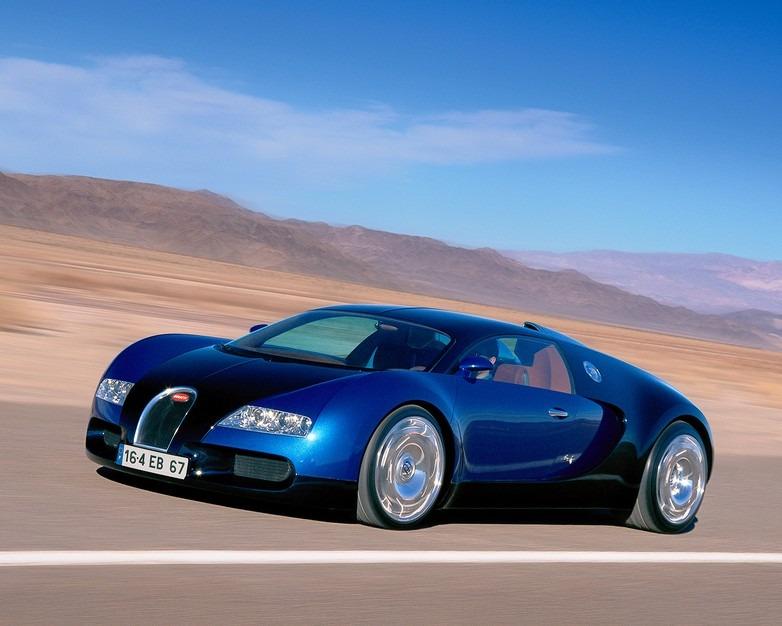
Αυτή η πρωτότυπη έκδοση, που πήρε το όνομά της από το θρυλικό οδηγό αγώνων Bugatti, Louis Chiron, σηματοδότησε τη νέα τάση των υπερ-σπορ αυτοκινήτων που θα κατακτούσε τελικά η Veyron με τον εκπληκτικό W18 κινητήρα.
Ένα μήνα αργότερα, τον Οκτώβριο του 1999, έγινε το τελευταίο εξελικτικό βήμα για τη Bugatti EB 18/4 Veyron, πριν κάνει το ντεμπούτο της στην Έκθεση Αυτοκινήτου του Τόκιο.
Κατασκευασμένο εσωτερικά από τον Όμιλο Volkswagen υπό τις οδηγίες του Hartmut Warkuß, με το εξωτερικό να σχεδιάζεται από το νεαρό Jozef Kabaň, το EB 18/4 παρουσίαζε μια πολύ πιο συμπαγή και εστιασμένη σιλουέτα σπορ αυτοκινήτου με κινητήρα στο κέντρο. Το στυλ του προμήνυε έντονα το εμβληματικό σχήμα, τις αναλογίες και τα βασικά σχεδιαστικά στοιχεία του αυτοκινήτου παραγωγής.
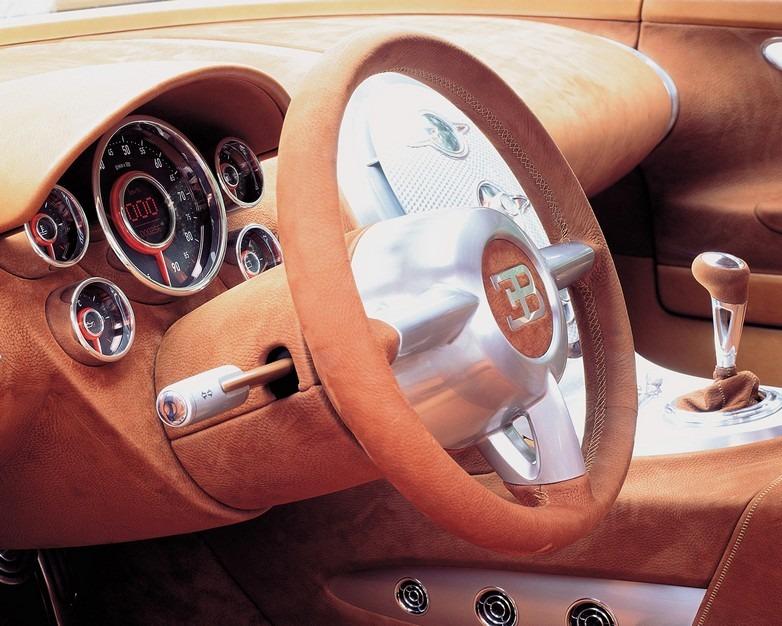
Αν και αρχικά εμφανίστηκε με τον κινητήρα W18, η τεράστια πρόκληση της αξιόπιστης εξαγωγής άνω των 1.000 PS και η διαχείριση της θερμότητας και της πολυπλοκότητας του ατμοσφαιρικού W18 οδήγησε σε μια καθοριστική μηχανική αλλαγή. Μέχρι το 2000, πάρθηκε η απόφαση για την ανάπτυξη ενός νέου κινητήρα: του 8,0 λίτρων, τετραπλού υπερσυμπιεστή W16. Αυτός ο κινητήρας θα μπορούσε να επιτύχει πιο αποτελεσματικά τους στόχους ακραίων επιδόσεων της Piëch των 1.001 PS και τελικής ταχύτητας άνω των 400 km/h, αν και απαιτούσε ένα πρωτοφανώς εξελιγμένο σύστημα ψύξης.
Η επιλογή του ονόματος «Veyron» για το τελικό πρωτότυπο και το αυτοκίνητο παραγωγής που ακολούθησε ήταν μία επιλεκτική αναφορά από την πλούσια κληρονομιά της Bugatti. Ο Pierre Veyron (1903-1970) ήταν κάτι περισσότερο από απλώς ένας οδηγός αγώνων. Ήταν μηχανικός ανάπτυξης και επίσημος οδηγός δοκιμών για τη μάρκα κατά τη δεκαετία του 1930. Το κορυφαίο του επίτευγμα ήρθε το 1939 όταν, μαζί με τον Jean-Pierre Wimille, εξασφάλισε μια νίκη για την Bugatti στο διάσημο 24 Hours of Le Mans, πιλοτάροντας ένα Tank Type 57C.
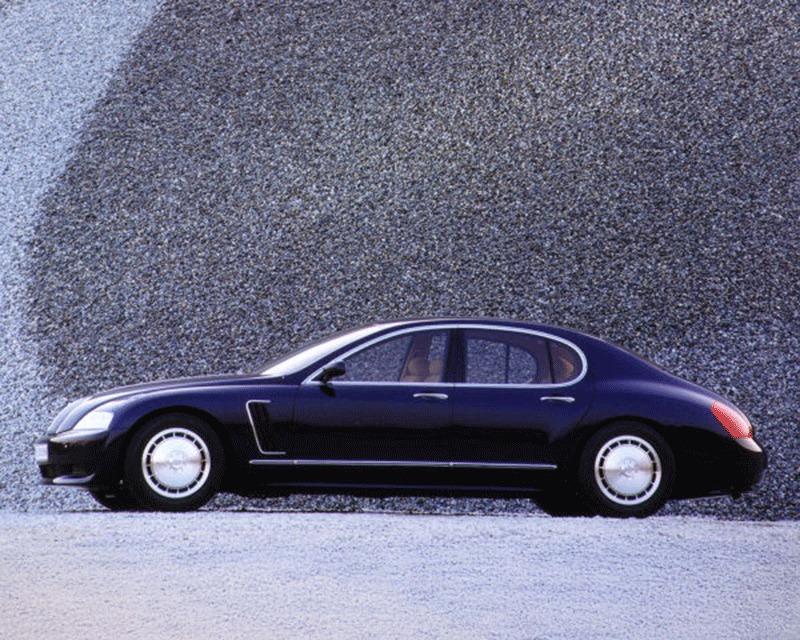
Το ταξίδι από το αρχικό σκίτσο W18 του Ferdinand Piëch μέχρι το κορυφαίο παγκοσμίως Veyron 16.4 ήταν απόδειξη αδιάκοπης καινοτομίας, επαναληπτικής σχεδίασης και βαθύ σεβασμού για την κληρονομιά της Bugatti. Τα πρωτότυπα αυτοκίνητα – EB 118, EB 218, EB 18/3 Chiron και EB 18/4 Veyron – δεν ήταν απλές σχεδιαστικές ασκήσεις αλλά κρίσιμα βήματα μηχανικής. Καθένα από αυτά εξερεύνησε διαφορετικά στυλ (grand tourer, πολυτελές σεντάν, σπορ αυτοκίνητο με κινητήρα στο κέντρο) και δοκίμασε τα όρια του φιλόδοξου κινητήρα W18, πριν η τελική σύγκλιση του σχεδιασμού και η μηχανική στροφή προς τον κινητήρα W16 καθορίσουν τη Veyron. Έδειξαν τη φιλοδοξία, τις μηχανικές προκλήσεις και την εξελισσόμενη σχεδιαστική γλώσσα που κορυφώθηκε σε ένα όχημα που τιμούσε το παρελθόν, ενώ ταυτόχρονα σφυρηλατούσε ένα εντελώς νέο μέλλον για τον κόσμο της αυτοκινητοβιομηχανίας.
Πηγή: Zougla.gr

